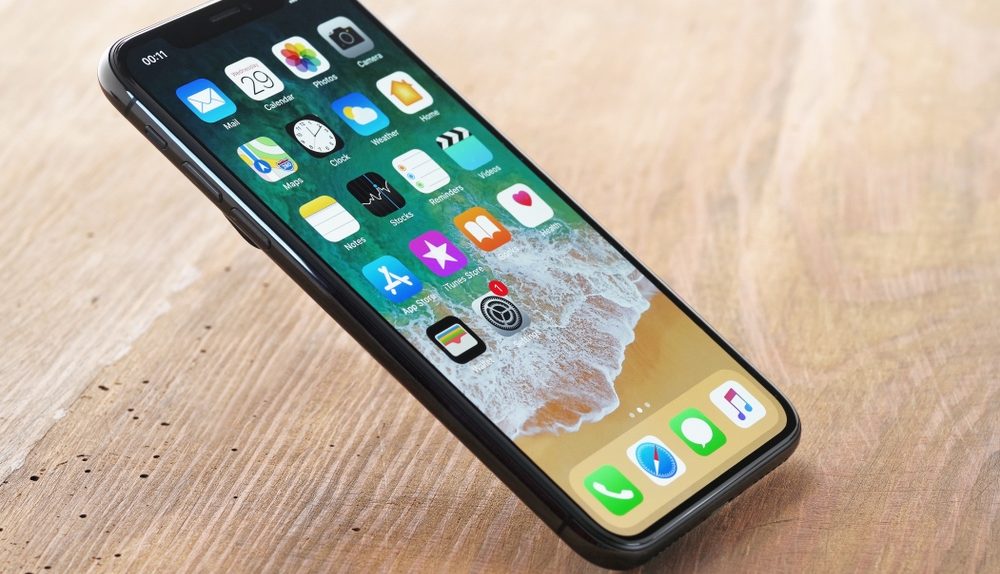Two significant shareholders urged Apple in an open letter a few days ago to take the lead on improving parental controls in smartphone and tablets. Apple already includes such tools in iOS, which allow parents to manage what their children can’t and can’t do on iPhones and iPads. The two organizations, however, said these settings offer an “all or nothing” approach, and Apple should improve them in future updates. Apple’s lead would be followed by other companies, the shareholders said.
Apple already responded to the letter, reaffirming the idea that it has parental controls built into iOS. The company also said it’ll improve iOS parental controls in future updates.
“We think deeply about how our products are used and the impact they have on users and the people around them,” Apple told The Wall Street Journal in a statement. “We take this responsibility very seriously and we are committed to meeting and exceeding our customers’ expectations, especially when it comes to protecting kids.”
Apple also said that it’s “constantly looking” for ways to improve its devices and that it’ll provide“even more robust” features to parents in the future. Apple did not say when these features should debut, but it’s likely they’ll only arrive later this year at best, once iOS 12 rolls out. Apple also said that the iOS Settings app already contains tools that allow parents to install and delete apps, manage in-app purchases and restrict website access. It also added that it’s also making sure that the App Store and other digital content areas are clear of offensive material including pornography, while labels should help the user identify age-appropriate content.
The two shareholders, including hedge fund Jana Partners and California State Teacher’s Retirement System (CalSTRS), quoted in their open letter various studies that link inappropriate or prolonged smartphone use to multiple adverse effects on children and teens. They said that existing parental controls, Apple’s included, don’t do enough to offer any flexibility when it comes to managing access to smartphones.








